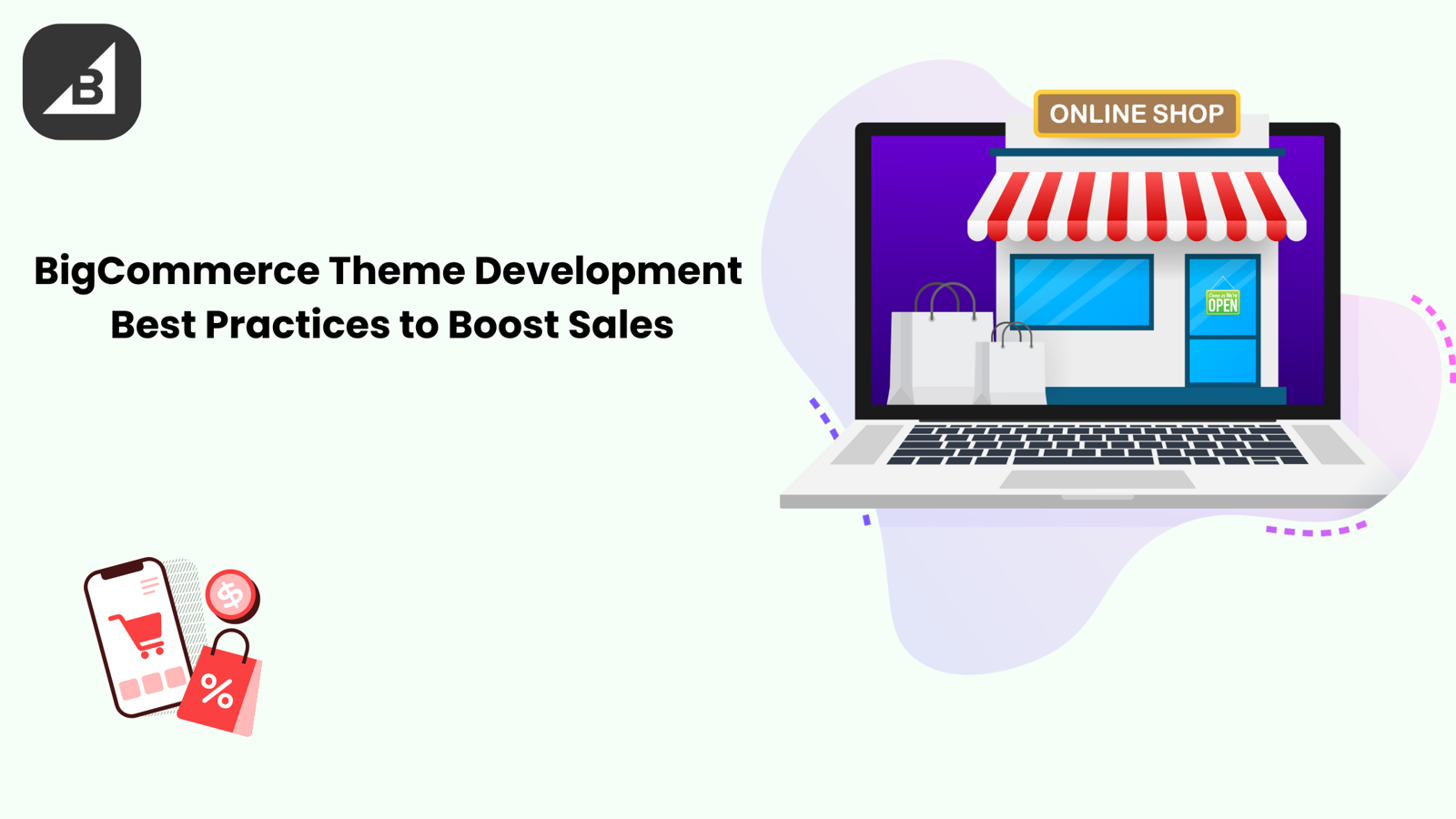
A well-designed BigCommerce theme plays a crucial role in boosting conversions and enhancing the overall shopping experience. Whether you’re developing a custom theme from scratch or optimizing an existing one, following best practices can help maximize engagement and sales. Here’s how to create a high-converting BigCommerce theme.
Best Practices for Developing a High-Converting BigCommerce Theme
1. Prioritize Mobile-First Design
With mobile commerce growing rapidly, your BigCommerce theme must be mobile-friendly. Ensure your design is fully responsive, loads quickly on mobile devices, and offers a seamless shopping experience. Use flexible grids, scalable images, and optimized navigation to improve usability on all screen sizes.
2. Optimize for Speed and Performance
Page speed directly impacts conversions and user experience. Optimize your theme by:
Minimizing HTTP requests
Compressing images using modern formats like WebP
Implementing lazy loading for images and videos
Using a Content Delivery Network (CDN) to reduce load times globally
3. Focus on Intuitive Navigation
A cluttered or confusing navigation structure can frustrate users and reduce conversions. Design clear and simple menus, categorize products logically, and use breadcrumb navigation to improve user flow. Adding a powerful search functionality with autocomplete can also enhance the shopping experience.
4. Create a Clean and Engaging UI/UX
A visually appealing and user-friendly interface builds trust and encourages purchases. Use a minimalistic design with ample white space, high-quality images, and a consistent color scheme that aligns with your brand identity. Make sure the Call-to-Action (CTA) buttons stand out and are easy to click.
5. Ensure SEO-Friendly Code
A well-optimized theme helps improve search rankings and organic traffic. Follow SEO best practices such as:
Using clean, semantic HTML and schema markup
Optimizing headings and meta tags
Implementing structured data for rich snippets
Ensuring fast-loading pages for better SEO performance
6. Implement Conversion-Driven Features
To maximize conversions, incorporate elements like:
Sticky Add-to-Cart Buttons: Keep the purchase option accessible at all times.
Trust Badges & Reviews: Build credibility and boost customer confidence.
Exit-Intent Popups: Capture potential customers before they leave.
One-Click Checkout: Reduce friction in the buying process.
7. Integrate Advanced Customization Options
Allow users to personalize the shopping experience with customizable filters, product comparison tools, and dynamic pricing options. Offering a tailored experience can increase engagement and conversions.
If you're looking for professional assistance, consider leveraging BigCommerce Development Services to streamline the process and ensure optimal results.
8. Ensure Cross-Browser Compatibility
Your theme should function flawlessly across different browsers, including Chrome, Firefox, Safari, and Edge. Testing compatibility ensures a consistent experience for all users.
9. Leverage Analytics and A/B Testing
Continuously track performance using Google Analytics, heatmaps, and A/B testing tools. Identify areas for improvement and make data-driven adjustments to optimize conversions.
Conclusion
Developing a high-converting BigCommerce theme requires a strategic approach that prioritizes user experience, speed, and conversion-boosting elements. By following these best practices, you can create a theme that not only enhances the shopping experience but also drives higher sales and engagement.














Write a comment ...